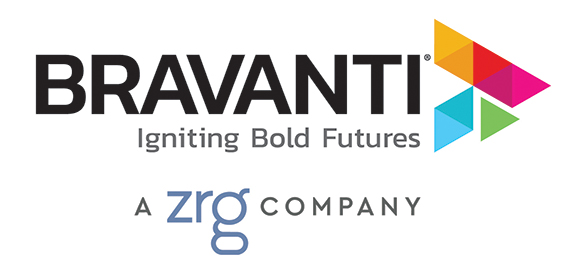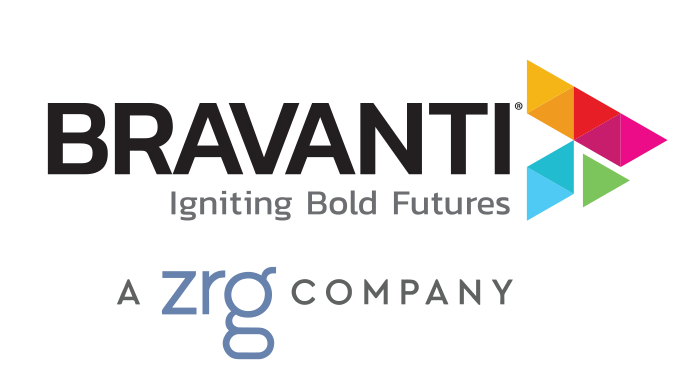By Michael McGowan
In a recent survey, BPI group talked with 13 global companies across nine industries (from $200 million to $50 billion in revenues) to determine their approaches to the delivery of human capital management services. The study sought to learn about five key areas regarding HR design: value proposition, strategy and priorities, effectiveness, design criteria, and delivery model.
Most of the companies surveyed indicated a lack of integration and efficiencies in managing change for their organizations, with four key concerns rising to the surface: 1) determining HR’s value proposition to the organization; 2) creating a strategy and prioritizing within it, 3) gaps in HR effectiveness, 4) creating a service delivery model that is easy to use, more agile, and integrated across the business.
HR’s Value Proposition
A good practice for any HR department seeking improvements is to first establish the value HR brings to the organization. Not surprisingly, when asked “Why does HR exist?”, the majority of study respondents focused on people as the organization’s greatest asset. HR professionals see themselves as stewards for the employee lifecycle from onboarding to exit, and as ambassadors for the organization’s culture.
In addition, half of respondents discussed achieving organizational strategy through people strategy, helping align the two and serving as trusted advisors to both the organization and its people.
Strategize and Prioritize
Our study revealed that many organizations struggle to be best-in-class in all different areas of HR, given limited resources, time and budget. With that in mind, it pays to be highly strategic about where priorities are placed in order to optimize investment, reduce redundancy, and ensure alignment and integration. This starts with a clear understanding of what the business as a whole is trying to achieve, and identifying the role talent strategy plays in achieving those goals.
Most medium- to large companies have talent plans and strategies in place with varying degrees of rigor and success. The challenge for most HR teams and organizations is to have a plan and a process that is continuous, agile, and embedded in the business strategy.
The companies we interviewed are all actively pursuing integrated, focused strategies across varying business and talent priorities, However, the study revealed gaps between priorities and effectiveness. For example, many of the organizations scored themselves as highly effective in functional areas of HR (such as payroll, benefits, and rewards), while lacking in more strategic, higher priority areas, such as agility & efficiency, leadership & talent development, and business alignment.
As global companies increasingly manage the challenges of the gig economy, multi-generational workforces, reskilling, and global talent gaps, the importance of focusing on strategic priorities cannot be overstated. Therefore, HR should conduct regular reviews of current and future states (scenario planning) of the marketplace, business, and changing talent landscape to be more proactive in preparing for a constant state of change.
Deliver
When it comes to HR service delivery models, 80 percent of the companies we surveyed combine high-touch service with self-service (or more automated) solutions that help save time and money.
High-touch service delivery means different things to different companies. It can be a dedicated resource who is physically present and involved in all aspects of talent. Or it can be a blend of in-person and technology-supported services, such as portals or mobile apps, that are both responsive and reliable.
To begin the process of designing an optimal delivery model, HR should review what’s working, what’s not, and what can be improved. For example, a company might already have a learning management system in place, but if it’s cumbersome, or no one knows how to use it, a new approach should be considered.
There is no one definition for high-touch – but it must be defined to fit employees’ needs and the needs of the business. A business should seek both accuracy and responsiveness to employees – but it should not be assumed that a human being must be in the room to make this happen. Combining automated self-service with high-touch delivery can result in greater efficiencies, cost savings, and more positive outcomes for employees.
Changes in an evolving industry
These factors should all be considered against a backdrop of a rapidly changing industry in which HR departments have been delayered and become flatter. This means people are wearing more hats, organizations are less siloed, and HR is more responsive to the changing needs of employees and the changing structure of their businesses.
Going forward, HR will have an increasingly weighty role in most organizations and therefore should continually seek to offer valuable strategic input into the direction of the organization, while at the same time achieving a balance of personalized and automated solutions for employees.

